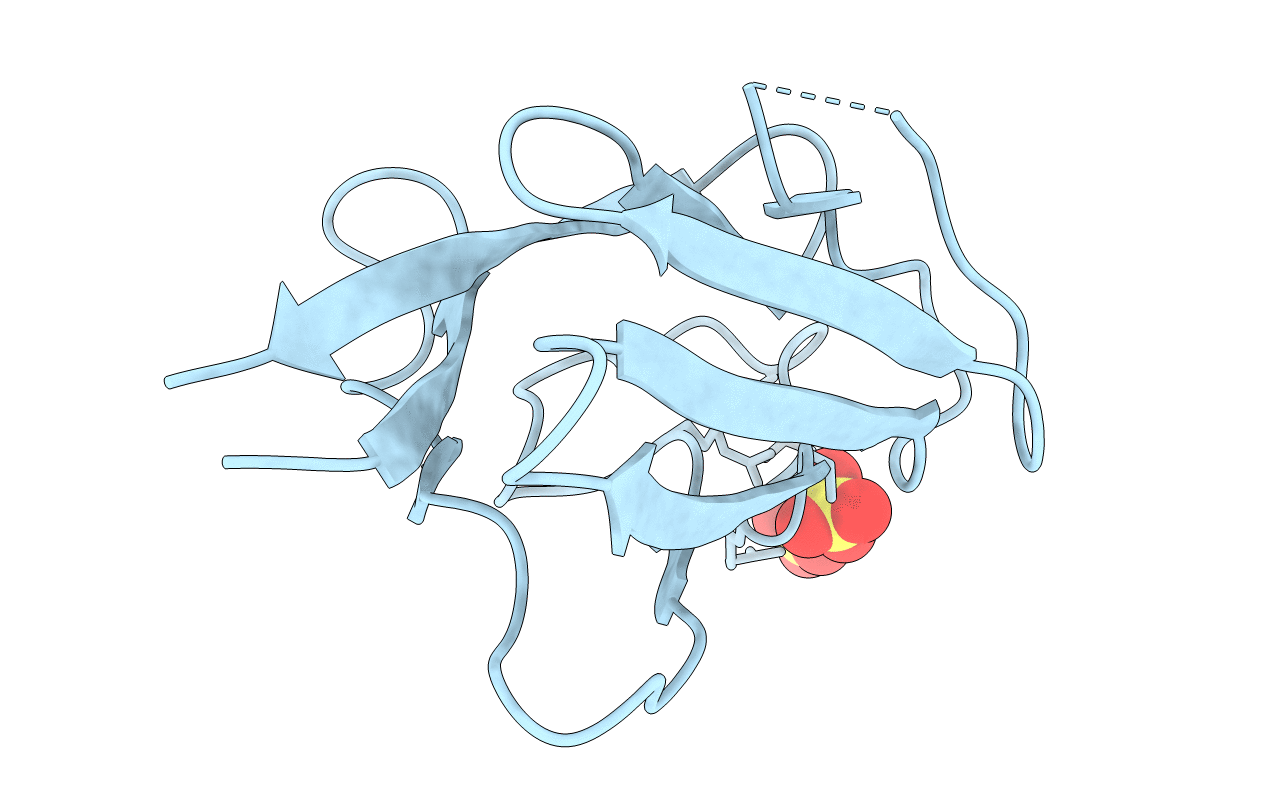
Deposition Date
2005-05-04
Release Date
2005-05-09
Last Version Date
2023-12-13
Entry Detail
PDB ID:
2BRF
Keywords:
Title:
Crystal Structure of the FHA Domain of Human Polynucleotide Kinase 3' Phosphatase
Biological Source:
Source Organism:
HOMO SAPIENS (Taxon ID: 9606)
Host Organism:
Method Details:
Experimental Method:
Resolution:
1.40 Å
R-Value Free:
0.18
R-Value Work:
0.15
R-Value Observed:
0.15
Space Group:
P 1 21 1


